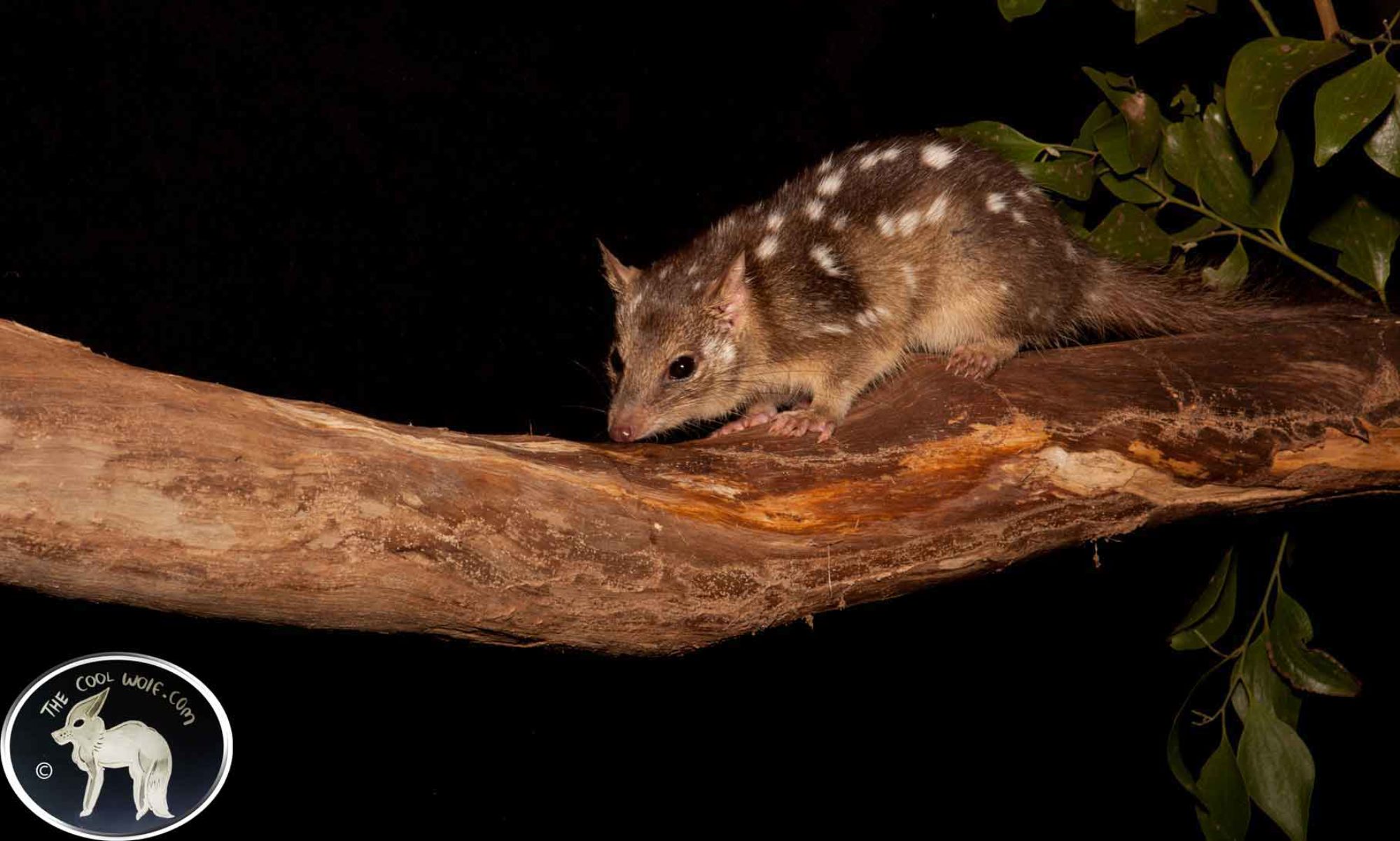Have a look at my first post Resurrecting and Connecting for a more detailed explanation of what it is all about.
Imagine a world where our natural ecosystems of forests and bushlands are increasing not decreasing, our biodiversity increasing with the abundance of native species of animals and plants on the rise.
Imagine too a vast network of connected trails that we can walk, ride a pushbike or a horse along and soak up the natural beauty of the ancient and these new ecosystems.
Its an approach that creates rather than takes away.
The vital element to resurrecting ecosystems is in replicating the vegetation component as closely as possible. The soils, micro and macro climates, invertebrates, microbial fauna, animals and plants for every particular site in the past have evolved with selection from an adaption to a certain set of natural environmental variables. These are the species that originally inhabited the site and are the very best suited to that place. If the structural components of the vegetation community is remade as closely to the natural existence from the past then the other living parts of that ecosystem have the best chance of surviving and reproducing.
Spreading swaths of natural ecosystems across the land, infilling open areas and penetrating residential and industrial areas with site specific indigenous plant species is creating habitat for our native animals.
An example for build up areas is when choosing plant species as new plantings in new industrial developments, rather than choosing exotics or native/exotics, grow site specific native/indigenous plants and that creates resources for surrounding or transient natives that are indigenous to the area. In Australia, if you plant grevillea plants in an area not indigenous to grevilleas, it can attract the dominant and aggressive wattle bird, that can exclude the indigenous bird species, thus decreasing biodiversity.

